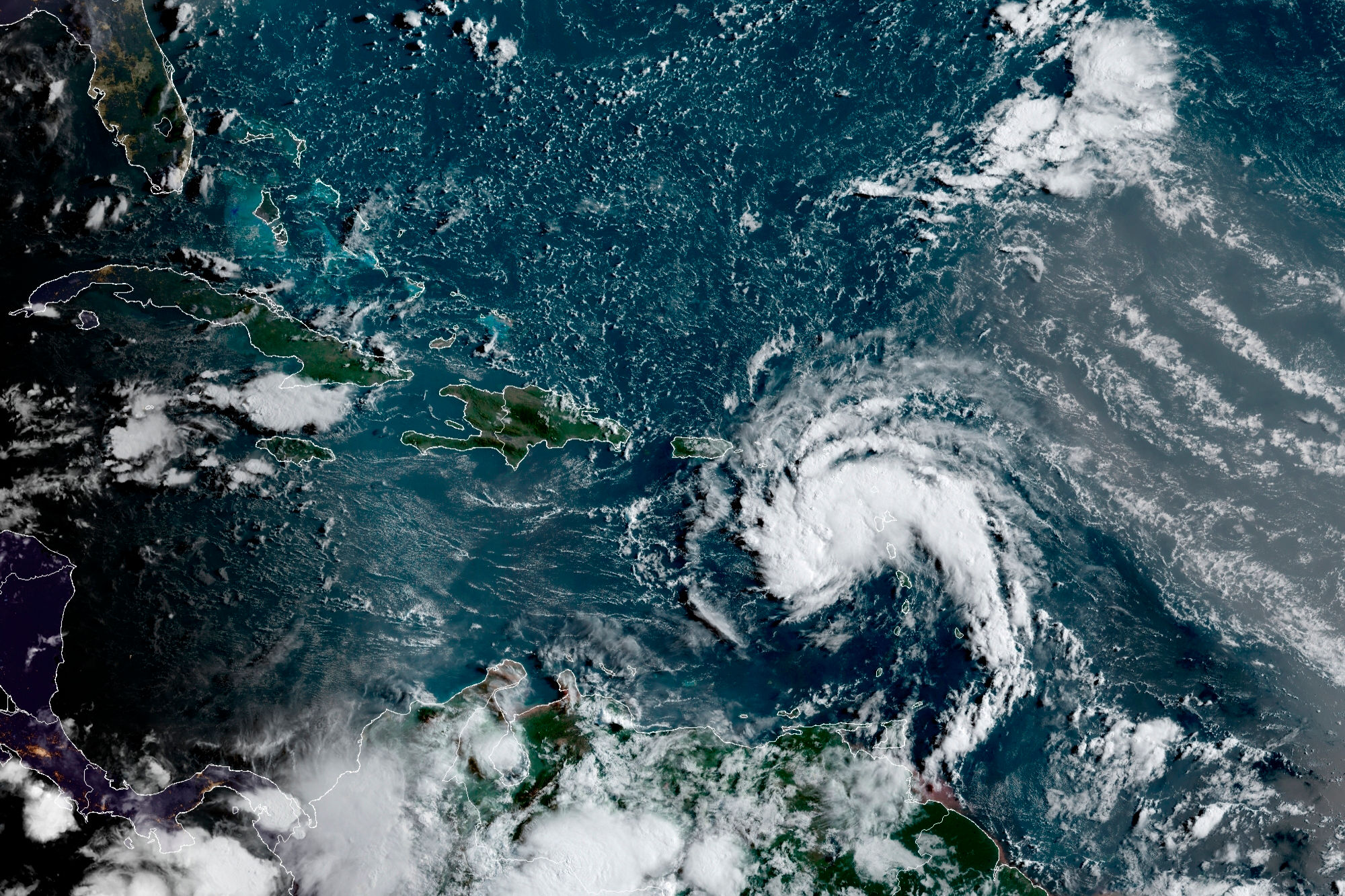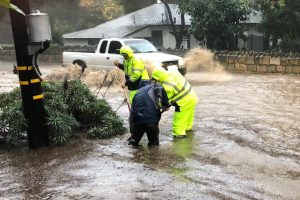After sweeping into the Dominican Republic on Wednesday, tropical storm Fred is expected to hit the United States this weekend. The storm weakened to a tropical depression after nightfall while dumping heavy rains that forecasters warned could cause dangerous flooding and mudslides there and in neighboring Haiti.
Also read: Thousands left without power as storm rampages Illinois
Formed in the Caribbean on Tuesday night, Fred first hit Puerto Rico and then the Dominican Republic. Some 300,000 customers were without power in the Hispaniola country and more than a half-million were affected by swollen rivers that formed part of the aqueduct system to shut down, government officials reported.
Fred is the sixth named storm of the Atlantic hurricane season, which runs from June 1 through November 30. The storm is expected to hit Florida on the weekend.
Also read: Perseid meteor shower: All you need to know about the celestial fireworks
Government crews with megaphones walked through impoverished neighborhoods in the Dominican capital of Santo Domingo ahead of the storm urging those in low-lying areas to evacuate. Hours later, the government reported flooding in one courthouse.
Tropical storm warnings were discontinued in the US territories after pelting the islands with rain, leaving some 13,000 customers without power in Puerto Rico.
Fred was centered 55 miles (85 kilometers) southeast of Cap Haitien, Haiti, on Wednesday evening and moving west-northwest at 15 mph (24 kph), the U.S. National Hurricane Center said. It had maximum sustained winds of 35 mph (55 kph).
Also read: Received an emergency alert from FEMA? Here is why you should not worry
Forecasters said Fred was expected to become a tropical storm again Thursday as it moved near the Turks and Caicos Islands and the southeastern Bahamas and then pass north of the northern coast of central Cuba on Friday. People in Florida were urged to monitor updates.
Puerto Rico Governor Pedro Pierluisi had closed government agencies on Tuesday at noon and officials noted that some gas stations had shut down after running out of fuel.
More than a month had passed since the last Atlantic storm, Hurricane Elsa, but this time of summer usually marks the start of the peak of hurricane season.
Also read: California wildfire grows; Montana blaze threatens towns
The hurricane center issued a watch for Haiti from the northern border with the Dominican Republic to Gonaives and for the Cuban provinces of Ciego de Avila, Camaguey, Las Tunas, Holguin, Granma, Santiago and Guantanamo. Also included in the watch was the Turks and Caicos Islands and the southeastern Bahamas.
The storm was expected to produce rainfall of 3 to 5 inches (7 to 12 centimeters) over the Dominican Republic with up to 8 inches (20 centimeters) in some areas.
With inputs from the Associated Press







